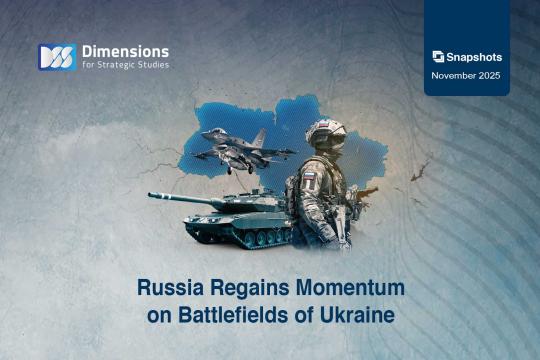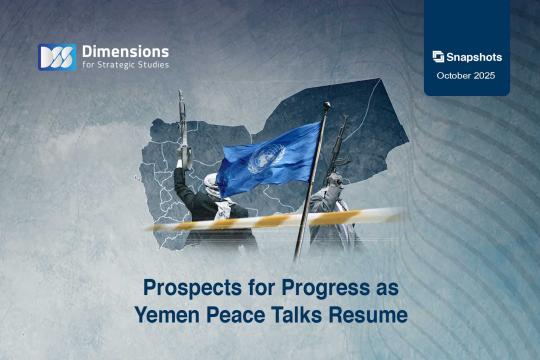
The Red Sea: Rivals’ vying for Leverage and Security Control
2021-10-253730 view
Red Sea, Arabic Al-Baḥr Al-Aḥmar, narrow strip of water extending southeastward from Suez, Egypt, for about 1,200 miles (1,930 km) to the Bab el-Mandeb Strait, Forming the link between the Mediterranean, the Gulf of Aden and the Arabian Sea, that is, between the Atlantic and Indian oceans, and between Europe and Asia, the Arabian Peninsula and the Gulf region in particular. Its maximum width is 190 miles, its greatest depth 9,974 feet (3,040 metres), and its area approximately 174,000 square miles (450,000 square km).
Since ancient times, the Red Sea has had a critical role as an international crossing for trade, communication, and military activities. It was mentioned in the Torah as “the sea of reed plants.” The Romans and Greeks called it “the Eritrean sea,” meaning the Red Sea, and the Arabs called it “the Sea of Yemen.” It was also known as the “Qalzum Sea” in reference to an ancient port located in northern Egypt. In the old day, the Byzantines, when they ruled Egypt, established customs point on the island of Tiran, which lies on the maritime border between Egypt and Saudi Arabia. Also, one of the goals of Napoleon Bonaparte's campaign on Egypt was to control navigation in the Red Sea.
Civilizations and kingdoms that dominated for long periods arose on and near the coasts of the Red Sea, such as the civilizations of Aksum in present-day Ethiopia and Eritrea, the Kingdom of Sheba in Yemen and the Kingdom of Punt in Somalia. The ancient Egyptians and Nubians of northern Sudan also used it to trade with Somalia, East Africa and India. The Red Sea played a role in the history of Islam, as the first migrants crossed it to Abyssinia to escape the persecution of the Quraysh tribesmen, and thus laid the first seed for the spread of Islam outside the Arabian Peninsula, before the Islamic conquests of Egypt and North Africa later.
With the opening of the Suez Canal in 1896, the Red Sea became one of the crossings for international trade, and the competing international powers sought to control its most important strategic crossings to control its navigation. Currently, the volume of trade through the Red Sea is estimated at about 13% of the total international trade, and about 3 and a half million barrels of oil are transported per day from the Gulf Cooperation Council (GCC) states to international markets.
On the eastern side of the Red Sea are 4 countries: Yemen, Saudi Arabia, Jordan, and Israel, and 5 countries on the western side of it: Somalia, Djibouti, Eritrea, Sudan, and Egypt. Egypt, in fact, has the longest coastline on the sea, including the Suez Canal and the Gulf of Aqaba, with a length of about 1,200 miles, followed by Saudi Arabia with about 1,100 miles, then Eritrea, which has a coastline of 1,000 miles, in addition to a number of important islands with a combined coast length of about 1,100 miles. While the shores of Jordan and Israel on the Red Sea are confined to the ports of Aqaba and Eilat on the Gulf of Aqaba.
Read more on the folowing link: The Red Sea: Rivals’ vying for Leverage and Security Control





